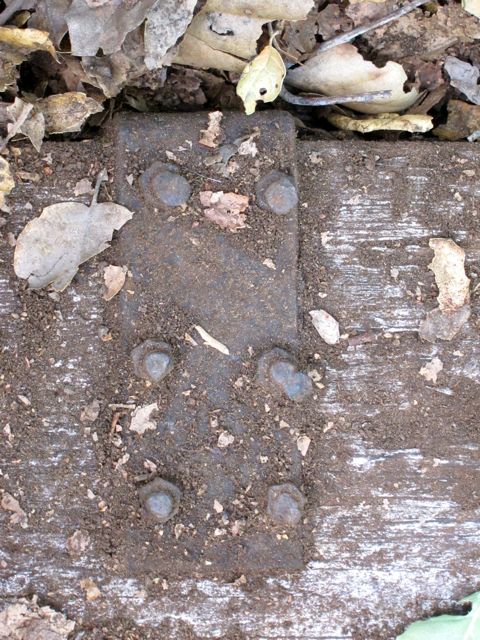Good Things That Quietly Continue
I am paying attention to the good things that quietly continue. Last week it was the miracle of the bees in the broken oak, their humbling industry, the breathtaking perfection of the hexagonal pattern of their honeycomb, their very astonishing presence.
A few days ago, I went to a presentation by science teacher and naturalist Marc Kummel about insect galls. Insect galls? If I thought of them at all (and I assure you I seldom did) it was as something creepy, something in the category of tumors or disease. With amazing macro-photographic images, Marc showed that although they are “abnormal” they are wondrous and often strangely beautiful. Customized structures of plant tissue controlled by the insect, they serve both as habitat and nutrient for their makers. The larvae develop inside after the gall is formed, but most galls do not detrimentally affect the plant.
"We all know the familiar oak apple galls," says Marc, "but there are many more kinds of insect galls hiding on local plants. They are mostly caused by tiny gall wasps and gall midges, though some are also caused by other insects." Nature is weirdly imaginative; that's all I can say. So, insect galls. Another thing to watch for when you go out walking in the woods...
Speaking of walking, I had the opportunity recently to visit Fernando Librado's "sitting cave", an ordinary looking cave in the Gaviota backcountry which for several years was the haunt of an extraordinary man. Fernando Librado, sometimes known as Kitsepawit, was a member of the Chumash tribe whose parents were from Santa Cruz Island. He was born in a year that is debatable, probably 1839, and baptized at the mission in Ventura, then raised at Mission La Purisima (although one source says Santa Ynez), and spent much of his later life on ranches near Lompoc and Las Cruces -- in other words, my current neighborhood.
He was a sheepherder and handyman, supposedly walked everywhere barefoot, and I read somewhere that the name "Librado" may have been given to him in acknowledgement of his ability to read. He frequented the aforementioned cave in particular, a comfortable abode where the broken pieces of an old wood door remain to this day partially buried beneath the sand. He's a local, and he's real around here, and I have talked to elderly people who in their youth knew people who had encountered him.
Although he represented the third generation of Chumash after the initial European colonization of California and therefore had no firsthand knowledge of Chumash life before European contact, Fernando listened attentively to the teachings of his elders and retained a wealth of stories and knowledge in his head. When ethnographer-linguist John P. Harrington encountered him --right here in Gaviota -- he became a crucial source of information about Chumash culture and traditions that might otherwise have been lost to time. He passed along knowledge of the language, religious beliefs, ceremonies, legends, medicinal plants, and hands-on crafts, and in 1912 actually directed the building of a tomol based upon the traditional plank canoe construction he recalled from his childhood.
It is often said that Fernando lived well beyond his hundredth year (and maybe in a way he did), but he was probably in his 70s when he died in 1915. There's his picture as he was in 1912, sitting on a wooden chair in Lompoc someplace, flanked by a couple of fellows whose names are Jerd Barker and Pat Forbes.
What does this have to do with quiet continuance? It's knowing there is a sheltered place not far from here concealed by brush but with a view of sky and mountain, where a man once sat who understood the value of story and of passing along what is learned...and the narrative goes on.
Listen with your heart. Write some of it down.
There's more. But maybe this is enough for the moment.

